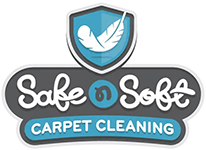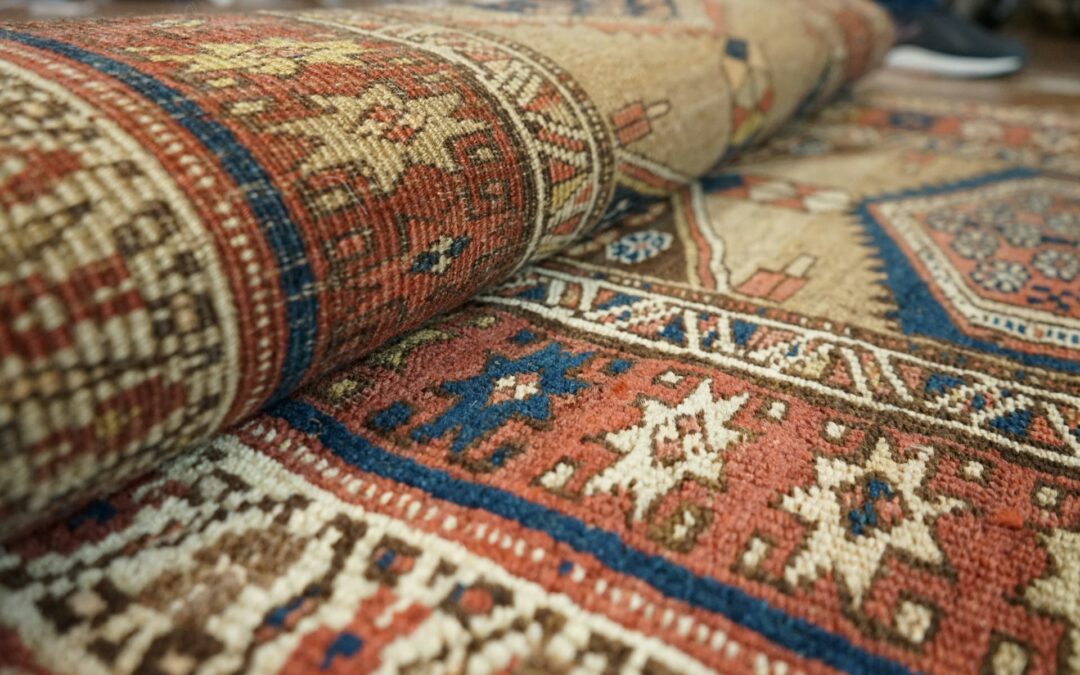Oriental rugs are cherished for their intricate designs and vibrant colors. However, these beautiful pieces are vulnerable to water damage, which can severely impact their appearance and value. Whether it’s a small spill or a big leak, water exposure poses a significant threat to the quality of your rugs. Understanding how moisture enters and affects your rugs is crucial in preserving their beauty.
Understanding the Risks of Water Damage to Oriental Rugs
Oriental rugs are a treasured addition to any home, known for their intricate designs and vibrant colors. However, these rugs are highly susceptible to water damage, which can occur through various means. Spills from drinks or plant water can quickly seep into the fibers. Humidity, especially in damp climates or during rainy periods, can permeate the rug, leading to potential long-term damage. Leaks from roofs, windows, or pipes also pose a significant risk, often unnoticed until noticeable damage has occurred.
Recognizing the signs of water damage early is crucial for preserving the beauty and integrity of your rug. Discoloration is one of the most obvious indicators, often appearing as dull or faded patches. Mildew is another common sign, noted by a musty or sour odor and visible mold growth at the rug’s base. These issues not only detract from the rug’s appearance but can also cause health problems if left unchecked.
Frequent moisture exposure leads to significant degradation of the fibers and dyes in Oriental rugs. Moist environments weaken the yarn, causing it to become brittle or causing it to pull away from the foundation. Over time, this results in a fragile rug with faded patterns, missing fringes, and a generally worn look. Understanding these risks is the first step toward protecting your valuable rugs from water-related harm.
Prevention Tips for Protecting Rugs from Water Exposure
Preventing water damage begins with strategic placement of your Oriental rugs. It’s wise to position them away from windows and doors where rainwater might enter. Also, avoid areas prone to spills or leaks, like kitchens and bathrooms. Keeping rugs away from these risks reduces the chances of water infiltration and associated problems.
Using rug pads is an effective way to protect against moisture seepage. These pads, placed beneath your rug, elevate it slightly off the floor, allowing air to circulate and keeping the rug dry. Rug pads also add cushioning, which eases wear and tear and extends the life of your rug. Choose pads made from breathable materials that wick moisture away instead of trapping it.
Implementing a routine inspection of your rugs helps catch potential water intrusion early. Regularly check the underside of the rug for signs of moisture or mold, and ensure there’s no dampness coming from the floor. Maintain a schedule where you rotate your rugs to different areas or layers to minimize prolonged exposure to moisture. These proactive measures not only keep your rugs safe but also maintain their beauty and longevity.
Emergency Steps to Take When Water Exposure Occurs
If your Oriental rug comes into contact with water, taking immediate action is crucial to minimize damage. Start by blotting the affected area gently with a clean, dry cloth. Avoid rubbing, as this can push water further into the fibers and cause more damage. Once you’ve absorbed as much moisture as possible, improve air circulation to help dry the rug by opening windows or using fans. This step helps stop mildew from forming and further protects the rug.
Having a few simple tools and materials on hand can aid in quick water extraction and drying. A wet-dry vacuum is valuable as it efficiently removes standing water without damaging the rug. Using baking soda can also be beneficial; it absorbs moisture and deodorizes, reducing the risk of mold growth. Sprinkle and leave it on the rug for a bit before vacuuming it up.
Heat can cause irreversible damage to your rug if not handled correctly. Avoid using heat sources like hair dryers or space heaters to dry your rug, as these can cause fibers to shrink or dyes to run. Adopting the right emergency measures will help preserve the beauty and durability of your rug after unexpected water exposure.
When to Call in Professional Assistance
Sometimes, professional intervention is necessary for Oriental rugs exposed to substantial water damage. Large spills, leaks, or floods often require deep cleaning and restoration that cannot be managed at home. When there is extensive discoloration, persistent odors, or visible mold, professional services can thoroughly restore the rug’s condition.
Professional cleaning services are equipped to handle severe water damage effectively. They have specialized tools and expertise to remove embedded moisture and contaminants. Reputable services can revive the rug’s vibrant colors and integrity, ensuring it remains beautiful and safe to use in your home.
Choosing a reliable rug restoration service involves considering their experience and reputation. Look for companies specializing in Oriental rugs, as these delicate items require specific handling. Check for positive client feedback and a solid track record of successful restorations to make an informed decision on care for your treasured rugs.
Final Tips to Preserve Oriental Rugs from Water DamageConclusion
Preserving the beauty and quality of Oriental rugs involves being proactive about protecting them from water damage. Recognizing the risks and implementing preventive steps can keep your rugs looking their best year-round. Should water exposure occur, quick action and professional support when necessary play crucial roles in maintaining the integrity of these valuable pieces.
At Safe N Soft Carpet Cleaning, we’re passionate about helping you care for your Oriental rugs with professional carpet cleaning services. Don’t let water damage become a lasting problem—our team is here to ensure your rugs remain beautiful and vibrant. Connect with us today at 208-695-4013 to experience top-notch care and quality service for your cherished rugs.



